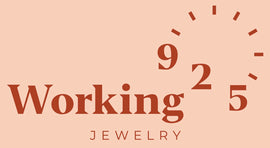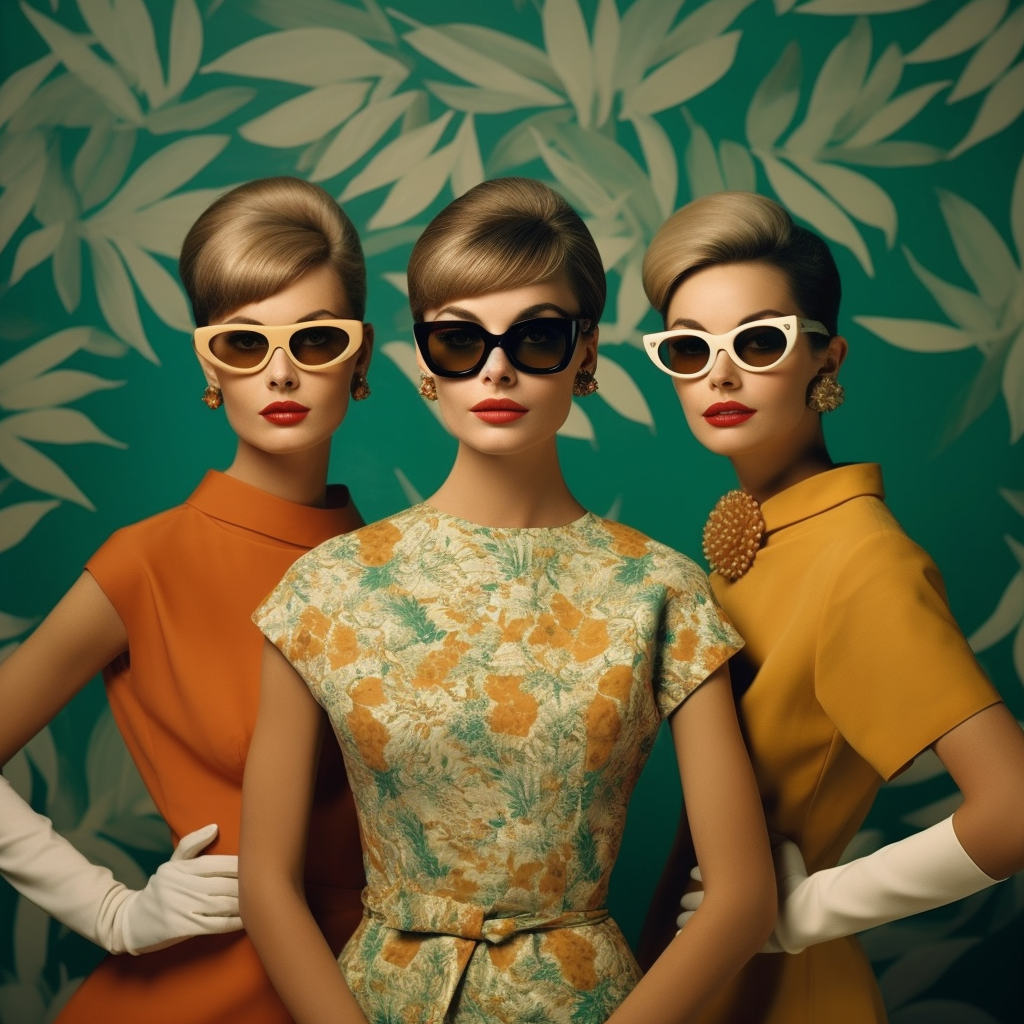The mid-century modern era of design was a period of tremendous innovation and creativity in the world of jewelry. The use of sterling silver in mid-century modern jewelry played a significant role in the development of the style. In this essay, we will examine the history and characteristics of sterling silver mid-century modern jewelry.
The mid-century modern era, spanning from the 1940s to the 1960s, was marked by a renewed focus on clean, simple lines, and geometric shapes in design. This was a reaction to the ornate and elaborate styles of the Art Deco period that preceded it. Mid-century modern jewelry reflected this new aesthetic with its emphasis on minimalism and functionality.
Sterling silver was a popular material for mid-century modern jewelry due to its versatility, affordability, and durability. Sterling silver is an alloy made of 92.5% silver and 7.5% other metals, typically copper. This combination of metals gave sterling silver the strength and durability necessary for everyday wear, while still maintaining its elegant appearance.
One of the hallmarks of mid-century modern jewelry is its use of simple, geometric shapes. Mid-century modern designers often favored clean lines and shapes such as circles, squares, and triangles. Sterling silver was particularly well-suited for this style of jewelry because it could be easily shaped and molded into these shapes.
Another defining feature of mid-century modern sterling silver jewelry was its use of negative space. This refers to the spaces around and between the main elements of the jewelry, such as the spaces between the links of a chain or the holes in a pendant. Mid-century modern designers used negative space as a way to create a sense of lightness and balance in their jewelry designs.
Mid-century modern sterling silver jewelry also often featured texture and pattern. Mid-century modern designers were inspired by the world around them, and they incorporated a wide range of textures and patterns into their jewelry designs. Sterling silver was a popular choice for these designs because it could be easily textured and stamped to create a variety of surface patterns.
One of the most iconic forms of mid-century modern sterling silver jewelry was the brooch. Mid-century modern brooches were often large and geometric in shape, and they were designed to be worn as a statement piece. Sterling silver was a popular material for these brooches because it could be easily molded into the large, bold shapes that characterized this style of jewelry.
Earrings were another popular form of mid-century modern sterling silver jewelry. Mid-century modern earrings were typically simple and understated, with a focus on geometric shapes and negative space. Sterling silver was a popular material for these earrings because it could be easily shaped and molded into the clean lines and simple shapes that characterized this style of jewelry.
Necklaces and bracelets were also popular forms of mid-century modern sterling silver jewelry. Mid-century modern necklaces often featured large, bold pendants or simple chains with geometric shapes. Bracelets were typically understated, with a focus on texture and pattern rather than elaborate designs.
The mid-century modern era was marked by a wave of innovative and talented jewelry designers who made a significant contribution to the development of the style. Many of these designers worked with sterling silver, creating stunning pieces that are still highly sought-after today.
One of the most well-known mid-century modern jewelry designers was Georg Jensen. Jensen was a Danish silversmith who founded his eponymous brand in 1904. His designs were characterized by their clean lines and use of negative space, making them perfect examples of mid-century modern jewelry. Some of Jensen's most iconic designs include his "Daisy" and "Acanthus" collections, which featured delicate floral motifs and intricate scrollwork.
Another notable mid-century modern jewelry designer was Ed Wiener. Wiener was an American jeweler who worked primarily with sterling silver. His designs were characterized by their bold shapes and minimalist aesthetic. Wiener's jewelry often featured abstract forms, including his signature "ribbon" pieces. These pieces were made from flat strips of silver that were twisted and folded to create complex, three-dimensional shapes.
Cuban-born designer Antonio Pineda was another important figure in mid-century modern jewelry design. Pineda moved to Taxco, Mexico in the 1940s, where he founded his own jewelry workshop. His designs were characterized by their bold shapes and sculptural quality. Pineda was particularly known for his use of sterling silver, which he often combined with other materials such as ebony and amethyst.
The work of Margaret De Patta is also highly regarded in the world of mid-century modern jewelry. De Patta was an American jeweler who was heavily influenced by the Bauhaus movement. Her designs were characterized by their simple, geometric shapes and emphasis on functionality. De Patta often used sterling silver in her designs, which she combined with other materials such as enamel and glass.
Another notable mid-century modern jewelry designer was Arthur King. King was an American jeweler who worked with sterling silver and gold. His designs were characterized by their bold, abstract shapes and use of negative space. King's jewelry often featured intricate cutouts and openwork designs that created a sense of lightness and movement.
The mid-century modern era was a time of tremendous creativity and innovation in the world of jewelry design. Many talented designers worked with sterling silver, creating stunning pieces that are still highly prized by collectors today. Georg Jensen, Ed Wiener, Antonio Pineda, Margaret De Patta, and Arthur King are just a few of the many mid-century modern jewelry designers whose work is highly regarded in the world of jewelry. Their contributions helped to shape the mid-century modern style, making it one of the most influential and enduring styles in the history of jewelry design.
Mid-century modern sterling silver jewelry was a reflection of the innovative and creative spirit of the era. Sterling silver was a popular material for mid-century modern jewelry because of its versatility, affordability, and durability. Mid-century modern jewelry was characterized by its simple, geometric shapes, negative space, and texture and pattern. Brooches, earrings, necklaces, and bracelets were all popular forms of mid-century modern sterling silver jewelry. Today, mid-century modern jewelry remains a timeless and elegant style that is appreciated by collectors and fashion enthusiasts alike.

